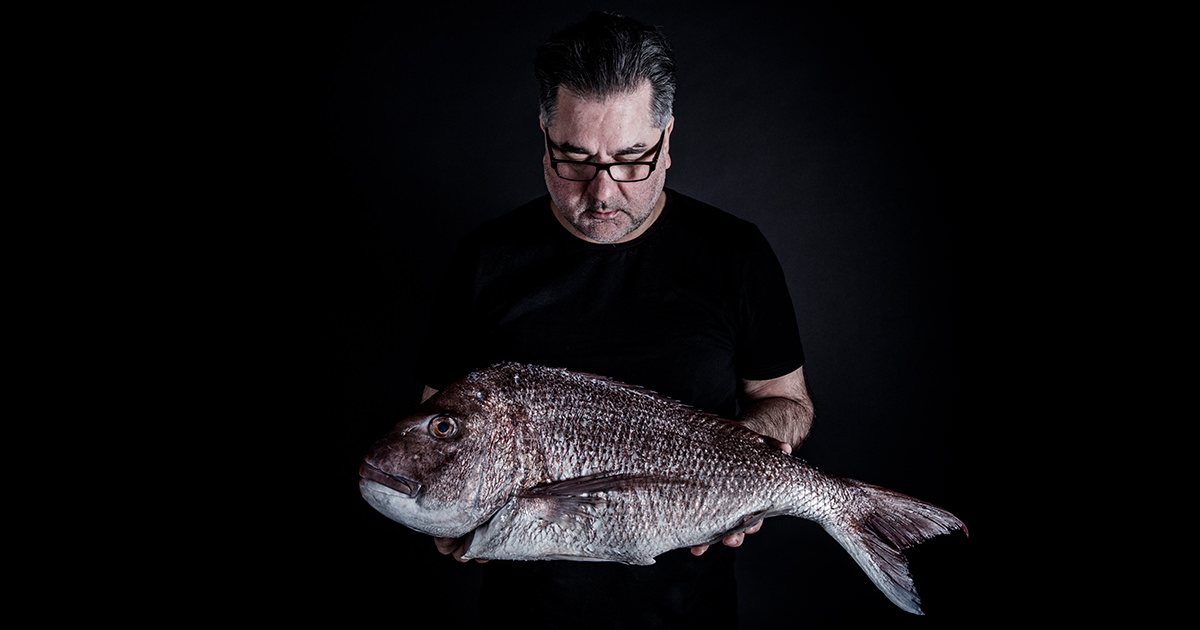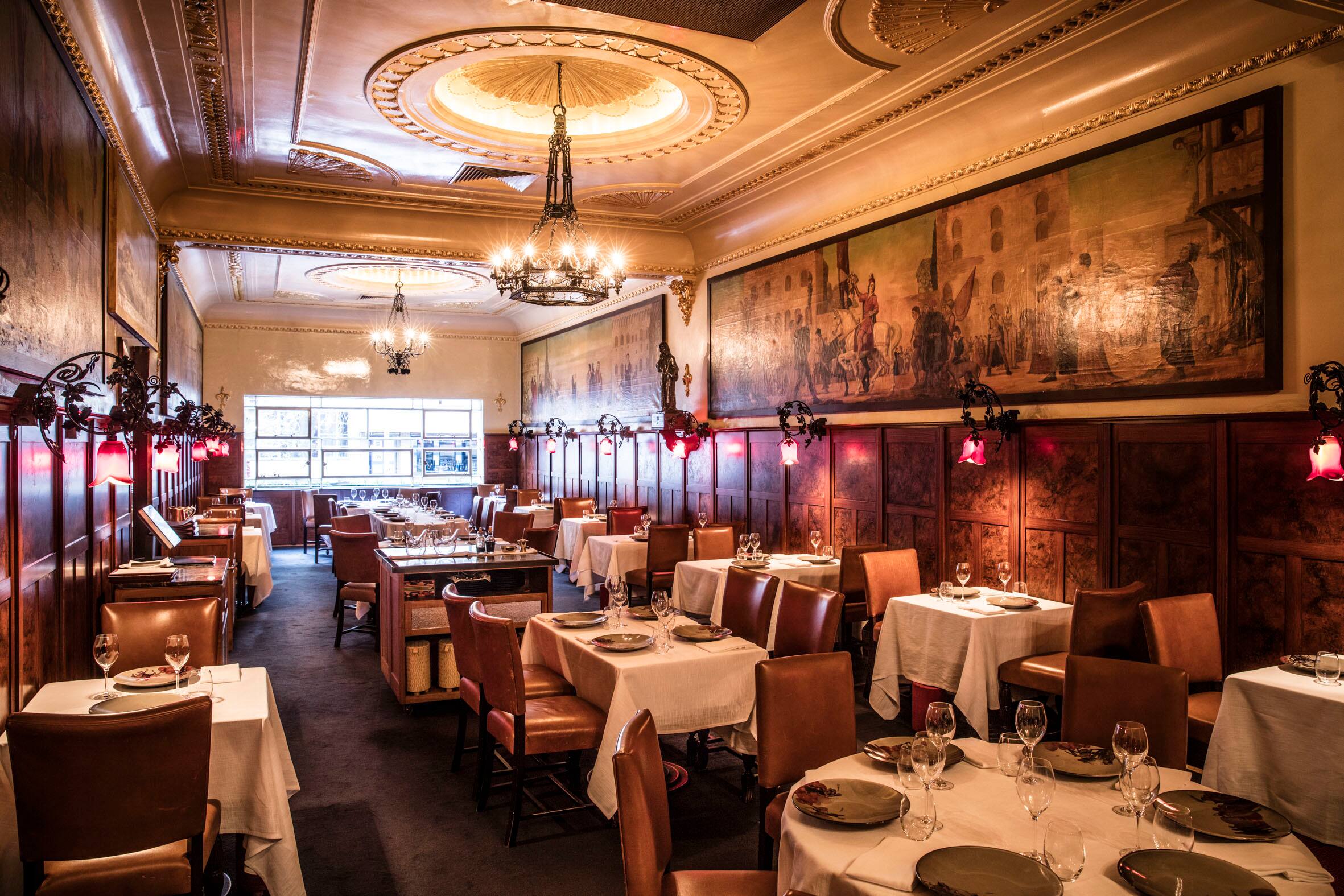Florentino food, a culinary symphony that echoes the vibrant history and culture of Florence, beckons you on a gastronomic adventure that tantalizes your taste buds and captivates your senses. From the iconic bistecca alla Fiorentina to the comforting ribollita, each dish is a testament to the passion and artistry of Florentine cuisine.
In this culinary exploration, we delve into the unique characteristics and flavors that define Florentine dishes, tracing their origins and uncovering the stories behind their creation. We discover the key ingredients that contribute to the distinct flavors of Florentine cuisine and explore the traditional cooking techniques that enhance their textures and aromas.
Overview of Florentine Cuisine

Florentine cuisine is a testament to the rich history and cultural heritage of Florence, Italy. It is a culinary tradition that has evolved over centuries, influenced by the region’s unique geography, climate, and artistic sensibilities.
Florentine dishes are characterized by their simplicity, freshness, and use of seasonal ingredients. The cuisine emphasizes the use of local produce, such as fresh vegetables, herbs, and fruits, as well as high-quality meats and cheeses.
Historical Roots
The origins of Florentine cuisine can be traced back to the Middle Ages, when Florence was a thriving center of commerce and culture. The city’s wealth and status attracted merchants and artisans from all over Europe, who brought with them new culinary ideas and techniques.
During the Renaissance, Florentine cuisine reached its peak. The city’s artists and intellectuals celebrated the pleasures of life, including the enjoyment of fine food. This period saw the development of many of the dishes that are still considered Florentine classics today, such as bistecca alla fiorentina(Florentine steak) and pappa al pomodoro(tomato soup).
Defining Characteristics
- Simplicity:Florentine dishes are typically simple to prepare, allowing the flavors of the fresh ingredients to shine through.
- Seasonality:Florentine cuisine makes use of seasonal ingredients, ensuring that dishes are always fresh and flavorful.
- Use of Local Produce:Florentine dishes feature local produce, such as vegetables, herbs, and fruits, which gives them a unique and authentic flavor.
- Emphasis on Meat:Florentine cuisine features a variety of meat dishes, including bistecca alla fiorentina(Florentine steak), trippa alla fiorentina(Florentine tripe), and lampredotto(cow’s stomach).
- Use of Bread:Bread is an essential part of Florentine cuisine, and is used in many dishes, such as panzanella(bread salad) and ribollita(Tuscan bread soup).
Popular Florentine Dishes
Florentine cuisine is a testament to the region’s rich history and culinary traditions. Over centuries, the city has developed a diverse array of dishes that showcase the finest local ingredients and reflect the cultural influences of Tuscany and beyond.
Among the most famous Florentine dishes are:
Bistecca alla Fiorentina
Bistecca alla Fiorentina, or Florentine steak, is an iconic dish that has become synonymous with the city. This thick, juicy steak is cut from the loin of a Chianina cow, a breed renowned for its exceptional flavor. The steak is typically grilled over a wood fire and seasoned with salt, pepper, and olive oil.
It is served rare or medium-rare, allowing the diner to savor the full depth of its flavor.
Pappa al Pomodoro
Pappa al pomodoro is a simple yet flavorful soup that is a staple of Florentine cuisine. It is made with ripe tomatoes, bread, basil, garlic, and olive oil. The tomatoes are cooked down until they are soft and sweet, and the bread is added to thicken the soup.
Pappa al pomodoro is typically served with a drizzle of olive oil and a sprinkling of Parmesan cheese.
Ribollita
Ribollita is a hearty soup that is made with a variety of vegetables, including cabbage, carrots, celery, and potatoes. The soup is also made with leftover bread, which gives it a thick and satisfying texture. Ribollita is typically cooked slowly over a low heat, allowing the flavors of the vegetables to meld together.
It is often served with a drizzle of olive oil and a sprinkling of Parmesan cheese.
Florentine Ingredients
Florentine cuisine is known for its use of fresh, local ingredients that contribute to its distinct flavors. Olive oil, tomatoes, and basil are three of the most important ingredients in Florentine cooking.
Olive oil is a staple ingredient in Florentine cuisine, used for both cooking and dressing dishes. The region’s olive groves produce high-quality extra virgin olive oil with a fruity, peppery flavor. Tomatoes are another essential ingredient, adding sweetness and acidity to dishes.
The local variety, the Pomodoro di Piennolo del Vesuvio, is a small, flavorful tomato that is used in many traditional Florentine recipes.
Basil
Basil is a fragrant herb that is used to flavor many Florentine dishes. The local variety, the Basilico Genovese, is particularly prized for its intense flavor. Basil is often used in combination with olive oil and tomatoes to create the classic Florentine sauce, pesto.
In addition to these key ingredients, Florentine cuisine also makes use of a variety of other fresh produce, including artichokes, zucchini, and eggplant. The region’s proximity to the sea also means that seafood is a common ingredient in Florentine dishes.
The use of local, sustainable ingredients is an important part of Florentine cuisine. Many Florentine restaurants source their ingredients from local farmers and markets, ensuring that their dishes are fresh and flavorful.
Florentine Cooking Techniques: Florentino Food

Florentine cuisine is known for its traditional cooking techniques that have been passed down through generations. These techniques, such as grilling, roasting, and braising, enhance the flavors and textures of Florentine dishes.
Grilling
Grilling is a popular cooking technique in Florence, used to cook meats, vegetables, and even fruits. The high heat of the grill quickly sears the outside of the food, creating a flavorful crust while keeping the inside tender and juicy.
Roasting
Roasting is another common technique used to cook meats and vegetables in Florentine cuisine. The food is placed in a roasting pan and cooked in a hot oven. This method allows the food to cook evenly and develop a golden brown exterior.
Braising
Braising is a slow-cooking technique that involves browning the food in a pan and then simmering it in a flavorful liquid. This method is often used to cook tougher cuts of meat, as the long cooking time helps to break down the connective tissue and make the meat tender.
Herbs, Spices, and Sauces
Florentine cooking also makes extensive use of herbs, spices, and sauces. Herbs such as basil, oregano, and rosemary are commonly used to add flavor to dishes. Spices such as black pepper, garlic powder, and chili flakes are also used to enhance the taste of food.
Sauces, such as tomato sauce and pesto, are often used to add richness and flavor to dishes.
Florentine Restaurants
When visiting Florence, experiencing the local cuisine is a must. The city boasts a range of excellent restaurants that showcase the authentic flavors of Florentine cooking. Here are some of the top picks for an unforgettable dining experience:
These restaurants offer a warm and inviting atmosphere, with menus that highlight the freshest seasonal ingredients and traditional Tuscan recipes. Reservations are recommended, especially during peak tourist season. Prices vary depending on the restaurant and the menu selection.
Trattoria Mario
Trattoria Mario is a beloved local institution known for its hearty and authentic Florentine dishes. The atmosphere is lively and welcoming, with checkered tablecloths and rustic decor. The menu features classics like bistecca alla fiorentina (Florentine steak), pappardelle al cinghiale (pasta with wild boar sauce), and ribollita (Tuscan bread and vegetable soup).
Osteria Santo Spirito
Osteria Santo Spirito is a charming and intimate restaurant located in the Oltrarno district. The menu showcases traditional Florentine cuisine with a modern twist. Guests can enjoy dishes such as tortelli di patate (potato dumplings) with truffle sauce, roasted lamb with rosemary, and a selection of artisanal cheeses.
Borgo Antico
Borgo Antico is an elegant and sophisticated restaurant situated in the heart of the city. The menu offers a refined take on Florentine cuisine, with dishes like seared foie gras with balsamic reduction, risotto with saffron and porcini mushrooms, and a delicate chocolate soufflé.
Florentine Food Tours

Immerse yourself in the culinary delights of Florence with a guided food tour. These tours offer an authentic and immersive experience, allowing you to explore the city’s vibrant food scene while sampling its renowned dishes and local specialties.
Various food tours are available, each with its unique itinerary, duration, and cost. Choose the tour that best aligns with your interests and budget to make the most of your Florentine food adventure.
Small-Group Food Tours
Small-group food tours offer a more intimate and personalized experience. These tours typically have a maximum of 10-12 participants, allowing for more interaction with the guide and fellow foodies. Expect to visit hidden gems, savor traditional dishes, and learn about the history and culture behind Florentine cuisine.
- Duration:3-4 hours
- Cost:€50-€70 per person
- Highlights:Guided tastings of local delicacies, visits to family-run trattorias, exploration of Florence’s historic food markets
Private Food Tours, Florentino food
Private food tours provide an exclusive and customizable experience tailored to your specific preferences. Whether you’re a discerning foodie or have dietary restrictions, a private tour allows you to set the pace and focus on the dishes that interest you most.
Your knowledgeable guide will lead you to the best culinary spots in Florence, ensuring an unforgettable gastronomic journey.
- Duration:3-6 hours (flexible)
- Cost:€100-€150 per person
- Highlights:Personalized itinerary, expert guidance, exclusive access to off-the-beaten-path eateries, in-depth exploration of Florentine food culture
Street Food Tours
For a casual and lively culinary experience, consider a street food tour. These tours take you on a journey through Florence’s vibrant street food scene, where you’ll sample local delicacies from food stalls, markets, and hole-in-the-wall eateries. Expect to indulge in mouthwatering bites, learn about street food culture, and discover hidden culinary gems.
- Duration:2-3 hours
- Cost:€30-€40 per person
- Highlights:Authentic street food tastings, exploration of local markets, interaction with street vendors, insights into Florentine street food culture
Quick FAQs
What is the most famous Florentine dish?
Bistecca alla Fiorentina, a thick, grilled steak, is considered the signature dish of Florentine cuisine.
What are the key ingredients used in Florentine cooking?
Olive oil, tomatoes, basil, and bread are essential ingredients in many Florentine dishes.
What is the significance of bread in Florentine cuisine?
Bread plays a vital role in Florentine cooking, from being used to thicken soups and stews to being served as a side dish with olive oil.
